Home> Company News> Study on Key Technologies of Spaghetti Production
- AddressNo.4087 SHAHEXI ROAD, TIAOQIAO DISTRICT,JINAN,CHINA
- Factory AddressNo.4087 SHAHEXI ROAD, TIAOQIAO DISTRICT,JINAN,CHINA
- Worktime9:00-18:00
- Phone(Working Time)0531-85064681
- Phone(Nonworking Time)86-18660125156
- Fax0531-85064682
Study on Key Technologies of Spaghetti Production
2018-12-13 13:30:25Spaghetti is a world-wide delicacy. Due to the shortage of raw materials, the development and consumption of this product are seriously restricted. Therefore, it is particularly important to find suitable substitutes for the raw materials of spaghetti. Corn is known as "golden crop".
Pasta Macaroni Extruder Machine
It is not only rich in nutrition, but also rich in a variety of nutritional and functional factors in corn, which has become one of the preferred food crops for people as health products.
Microwave drying machinery and equipment
Compared with traditional Durham wheat flour, because corn flour does not contain gluten, fat and ash, special processing arrangements are needed in the production of pasta from corn flour, including shaping, drying and post-processing.
Therefore, in this study, on the one hand, choosing the appropriate viscosity reduction treatment technology, extrusion molding technology, drying treatment technology, on the other hand, assisted by aging treatment technology, noodles produced from corn flour can be improved in texture, taste and the content of some specific functional factors. The specific research is as follows:
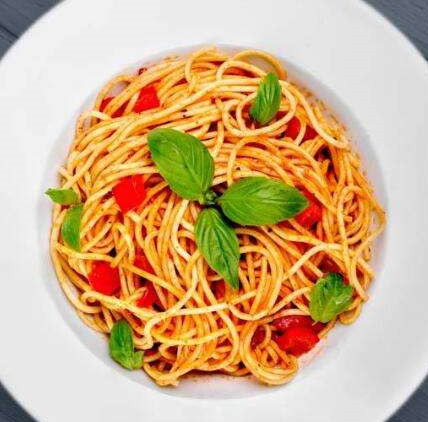
1. The composition of corn flour and Durham wheat flour is different in the arrangement of the processing route of producing spaghetti from corn flour. The outstanding performance is that they do not contain gluten protein and viscosity. Therefore, the cooking and extrusion process is chosen for shaping, while the ultra-fine comminution and high temperature-resistant alpha-amylase spraying technology are chosen for viscosity reduction treatment. Microwave drying technology is selected as drying technology.
Formed noodles need to be aged, and the taste and texture of directly aged noodles are better than those of non-aged and pre-dried noodles, so direct aging is chosen when aging. 2. The optimization of cooking and extrusion process parameters of spaghetti produced by corn as raw material. It was found that single factor water addition, screw speed and four-stage barrel temperature had significant effects on cooking resistance, eating quality and texture characteristics of noodles.
Orthogonal experiments showed that the order of sensory properties of noodles was barrel temperature > water addition > screw speed, and the order of cooking resistance was water addition > barrel temperature > screw speed. Variance analysis showed that the sensory characteristics of noodles were significantly affected by water addition and barrel temperature. Verification test results are good. The optimum technology for producing non-Duren wheat pasta is 28% water, 280 RPM screw speed and 100-115-122-100 C barrel temperature.
3. The optimization of drying parameters of spaghetti produced by cooking and extrusion with maize as raw material. It was found that the drying power had a significant effect on the dehydration rate, texture and taste quality of noodles. The quality of single-bar noodles has a significant effect on the adhesion of noodles in texture characteristics. Response surface experiments showed that the dried noodles had better sensory properties and boiling resistance when the forward-moving rate was 10 r/min, the drying power was 5 kW and the single-rod noodle mass was 1.5 kg.
The experimental results are satisfactory. 4. The effect of aging treatment on the quality of pasta produced by cooking and extrusion with maize as raw material. With the increase of aging time, the content of resistant starch and the aging degree of different samples of the two raw materials will change as follows: the content of resistant starch and the aging degree of the two samples will increase. Infrared spectroscopy showed that compared with blank treatment, there was an absorption peak at 2400 nm after aging treatment, and the blank of refined powder sample changed little compared with the blank treatment. After cooking, the hardness of the strips decreases first and then increases.
Both samples can reach the maximum hardness when they are cooked at 24 hours of aging. The elastic chewiness of the two samples increased first and then decreased, while the adhesion of the two samples increased continuously. The boiling resistance and natural breaking rate of the two kinds of noodles showed a downward trend. The color difference experiment showed that the L value (total color difference) of noodles produced by the two raw materials decreased gradually,
the a value (redness value) changed irregularly, and the b value (yellowness value) increased all the time. The b value represents the yellowness value, which indicates that the aging treatment has a positive effect on the formation of amber color in noodles. Glucose production experiments showed that the human body's glycemic index of noodles made from the same raw materials declined with the increase of aging time. The glycemic index of refined powder samples is higher than that of crude powder samples when two kinds of raw materials are treated in the same way.
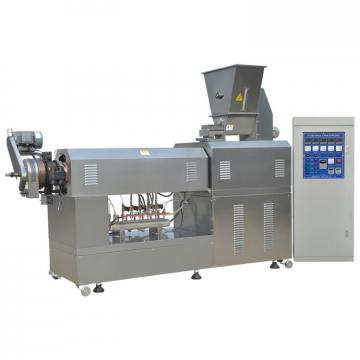 Factory Fruit and Vegetable Processing Machines/Quick Frozen Line/Food Processing Production Line for Daylily Production Line with High Output
Factory Fruit and Vegetable Processing Machines/Quick Frozen Line/Food Processing Production Line for Daylily Production Line with High Output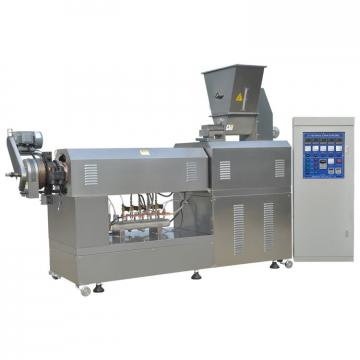 Factory Direct Sales PS Styrofoam Food Container Production Line
Factory Direct Sales PS Styrofoam Food Container Production Line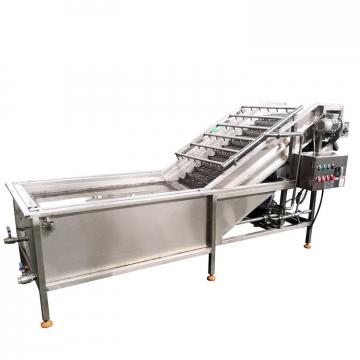 Complete Pure / Mineral Drinking Bottled Water Production Line Factory in Beverage / Food Area
Complete Pure / Mineral Drinking Bottled Water Production Line Factory in Beverage / Food Area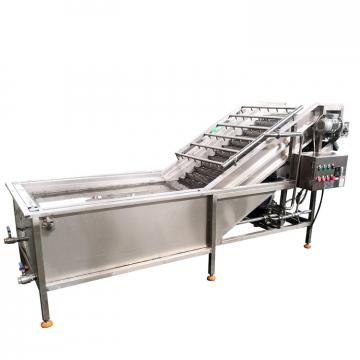 Cheetos Fried Food Production Factory Extruder Processing Line
Cheetos Fried Food Production Factory Extruder Processing Line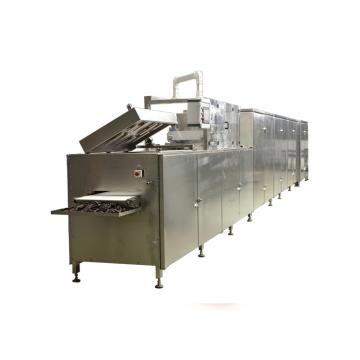 Automatic Mini Food Factory Macaroni Processing Line Pasta Production Line
Automatic Mini Food Factory Macaroni Processing Line Pasta Production Line
